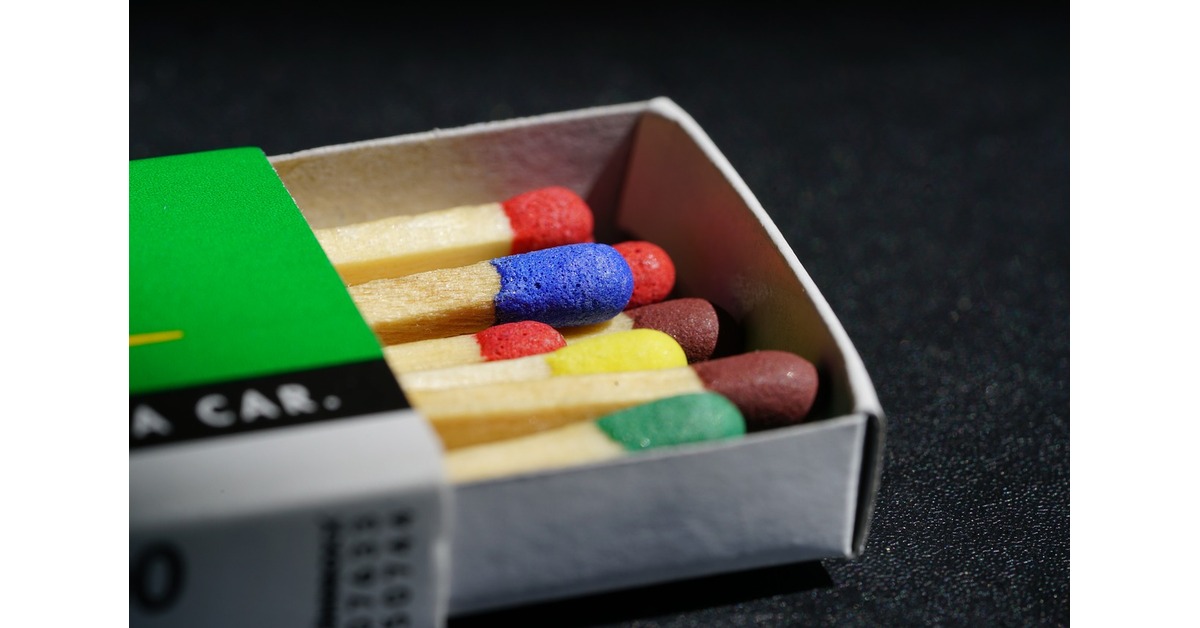Matchboxes have been a staple in households for centuries, serving a functional purpose and embodying a rich history and a fascinating art form. From vintage designs to modern branding, matchboxes tell stories and spark memories. This article will explore the evolution, craftsmanship, uses, and collecting culture surrounding matchboxes, making it a valuable resource for enthusiasts and curious readers.
A Brief History of Match Boxes
The history of matchboxes is a fascinating journey that dates back to the early 19th century. The first friction matches were invented in 1826 by John Walker, a British chemist. These matches were initially sold without boxes, but soon, manufacturers recognized the need for a protective and portable container. The first matchboxes were made from wood, but as production techniques evolved, cardboard became the material of choice, allowing for more intricate designs and branding opportunities.
By the late 1800s, matchboxes began to feature colorful graphics and advertisements. Companies seized the opportunity to promote their brands and products through matchbox design, leading to a boom in marketing that can still be seen today. This shift enhanced the visual appeal of matchboxes and transformed them into collectible items.
The Craftsmanship Behind Match Boxes
Creating a matchbox is an intricate process that combines art, design, and practicality. A standard matchbox typically consists of the box (or sleeve) and the tray. The sleeve usually features vibrant graphics, while the tray holds the matches.
Materials Used
Cardboard
Most modern matchboxes are made from cardboard due to its lightweight nature and versatility in printing. High-quality cardboard ensures durability and an appealing finish.
Match Sticks
These are typically made from wood or paper. Wooden sticks are often coated with chemicals that allow them to ignite upon friction.
Striker Surface
This is the rough strip found on the box that ignites the matches. It’s made from a combination of red phosphorus and glass powder.
Design Elements
The design of matchboxes varies widely, from simple text to elaborate illustrations. Common themes include:
Branding: Companies use matchboxes as promotional tools, often showcasing their logos and taglines.
Artistic Illustrations: Artists and graphic designers create unique artworks that reflect the cultural and historical significance of the brand or product.
Seasonal Designs: Many brands produce limited edition matchboxes for holidays or special events, making them even more desirable for collectors.
Uses of Match Boxes
While the primary use of matchboxes is to store and dispense matches, their utility extends far beyond that, providing readers with a comprehensive understanding:
Practical Applications
Lighting Fires: Matchboxes are essential for lighting candles, fireplaces, barbecues, and stoves. Their compact size makes them easy to carry for outdoor activities like camping.
Emergency Supplies: They are a crucial component of emergency kits, providing a reliable way to start fires in survival situations.
Creative Uses
Arts and Crafts: Matchboxes can be repurposed for various D.I.Y. projects. Crafters often use them to create mini dioramas, jewelry boxes, and more. For instance, you can turn a matchbox into a tiny book or a miniature photo frame.Home Decor: Vintage or uniquely designed matchboxes can serve as decorative items, adding charm to shelves or tables.
Read more: https://spiderhoods.ltd/
Collectibles
As discussed earlier, matchboxes have become collectibles for many. Collectors seek out unique designs, rare editions, and specific themes. The world of matchbox collecting can be enriching, with some individuals amassing extensive collections that showcase the diversity of matchbox design.
The Collecting Culture
Why Collect Match Boxes?
The appeal of matchbox collecting lies in several factors:
Nostalgia
Many collectors are drawn to matchboxes due to their childhood memories, evoking nostalgia for family gatherings and social events.
Artistic Value
The intricate designs and artwork on matchboxes can be appreciated as art, making them attractive to art lovers and collectors.
Historical Significance
Some matchboxes represent a specific period or cultural phenomenon, adding historical value to a collection.
How to Start Collecting
If you’re interested in starting a matchbox collection, here are some tips:
Research
Learn about different types of matchboxes, such as promotional, advertising, or themed boxes. Understanding the history and significance can enhance your collecting experience.
Join Communities
Consider joining forums or social media groups dedicated to matchbox collecting. Connecting with fellow enthusiasts can provide valuable insights and resources.
Attend Shows
Look for collectors’ shows, flea markets, or antique shops specializing in vintage items. These venues often have unique matchboxes that may not be available elsewhere.
Document Your Collection
Keep track of your collection by documenting the details of each matchbox, including its origin, design, and any relevant history. This can also help you identify duplicates.
Read more: https://essentialshoodies.cc/
Eco-Friendly Aspects of Match Boxes
There has been a growing awareness of sustainability in recent years, and the matchbox industry is no exception. Many manufacturers now focus on eco-friendly practices, using recycled materials and non-toxic adhesives. These efforts reduce environmental impact and appeal to environmentally conscious consumers.
Sustainable Production
Recycled Materials
Some brands create matchboxes from 100% recycled cardboard, minimizing waste and promoting sustainability.
Eco-Friendly Matches
Besides sustainable packaging, some companies offer matches from sustainable sources, ensuring a minimal environmental footprint.
Conclusion
Matchboxes are more than just a means to light a fire; they blend history, art, and utility. With their vibrant designs and practical uses, matchboxes have become cherished collectibles and a canvas for creativity. Whether you’re a casual user or a dedicated collector, there’s no denying the charm and significance of these small but mighty boxes. Embrace the world of matchboxes, explore their rich history, and start your collection today! Instituto Reinoso Rodrigues Caracas Venezuela
